|
It’s been over a year since my last blog post and I have a few things to share with you. This past year has been so incredibly good. It’s been a busy time of tremendous growth and opportunity. I’ve been able to explore new subject matter and say yes to various things that have been on my horizon for many years. My collector base has grown and so has my gallery representation. I’m proud to share that I am now showing my art at a wonderful gallery on the Central California Coast called The Vault Gallery. The gallery is located on the main street in the pastoral village of Cambria, California, inside a historical building that used to be the town bank. Some of my work is actually shown inside the old vault! I was able to travel to California this past summer with my family and spend some time with the gallerist, Laylon, and her artist husband, John Whittaker. During our visit we learned about their long and storied careers in the art world. We were even treated to a glimpse of John’s light filled painting studio inside the lovely home they built nestled in the pine trees on the hills over looking the village. Cambria is a total paradise. It’s just off of Highway One on the foggy coast lush with Monterrey Pines, wild flowers, and not a fast food joint in sight. There are so many interesting shops and restaurants and a lot of art. This year I also had a solo exhibition at The Callendar Gallery in Midland,TX. The whole weekend was an amazing experience! There were so many people who came out to see my art and so many pieces found new homes. And I enjoyed getting to know the gallery owners and their team. They are an incredible resource for framing and printing reproductions. Therefore, I am excited to announce that I have partnered with The Callendar Gallery and will soon offer limited edition, hand embellished prints on canvas! These select reproductions will be personally embellished by me and will only be available in very limited editions. I am looking forward to telling you more about this venture in the future. But for now, I’d like to thank all my established and new collectors who came to see me in Midland. Finally, I would like to get your feedback on something. This blog has kind of gone cold. I know. I must confess I have a hard time writing things that I think anyone wants to read about. That is why I want to know from you what you think might be interesting to read about. Do you want to know about my life, my family, my work habits, how to do painting things, how to use certain materials, studio practices, books for artists, books about artists? If you have any questions or you are curious about something, feel free to contact me through the contact page on my website. I would love hearing from you.
0 Comments
The past couple weeks have been amazing as I have been blessed with some wonderful new media opportunities. First of all, I was contacted to be a part of a print interview with DFW Shoutout through Voyage Dallas. The interview is now live online and it is pretty great! Here is a link to that interview. ALSO, I was interviewed in my bus by a crew from NBC 5 Texas Today! This was my first experience with a television interview. Even though I was a litter nervous, Grayson and Jody made it a really great experience. The piece aired on Wednesday, August 24th, 2022 and it is really cool! I hope that you get a chance to check it out. Here is a link to that interview. Feel free to share either interview with anyone who might be interested in what I do. I'm so excited to hear what you think about the interviews!
Much Love, Scott This my first exclusive giveaway for to my newsletter subscribers, so let's have some fun! Dream up a title for my new painting (seen above), put that suggestion in the comments of this blog post along with your email address, and the subscriber who comes up with the winning title will receive an 11"x14" giclee print of this painting!
On Monday, August 8, 2022, the winner will be notified and the new painting will go live on my website with the new title. Remember to include your email address with your title entry. Thank you for being a subscriber and for helping me name this new piece! (Limited to 3 entries per participant.) Hello Friends!
I want to invite you to my new solo exhibition! The work is all from 2022 and is a bit of a departure from past series. This time I decided to take a break from many of my past themes and make some things that feel incredibly good to me. I hope that you like it and I hope to see you there. Lots of love. Scott This was fortuitous, me becoming an artist. Before entering college, I was at a point where I felt that my field of interest was health and fitness. I wanted to be a dietitian. The idea of being an artist was not really anything I had thought about at all. I was in a program and I had a strong interest in helping people with their health and well being. While taking my first few semesters, I was just trying to get excited about my goals. My first nutrition class was amazing and I knew I was in for something great. Concurrently, I took my first drawing class, and then I took another. I liked it alright. I loved drawing really large and I knew that was something that got me excited. After my first two drawing classes I decided to try a painting class. In this class, we started with still life paintings of objects inside of boxes with colored walls. I found it SO BORING. We had to use only a palette knife, no brush. This was interesting, but I also didn’t like it because I couldn’t get it right. However, during the course of painting my first still life my professor came to me and said he liked what I was doing. He told me that my rendering skills were not great, but that I had a good understanding of shape and form and expression and even color. He said that if I worked on my rendering skills I might have something. It felt really good to hear that I intuitively had something valuable. I also liked knowing that I had something I needed to work on: a skill that could be developed over time I took a second painting class. This time, we were a little more free to do what we wanted. We could make the paintings that we wanted to make. Not that I actually could make what I wanted because I still had a lot to learn. During this time we were also allowed to work as large as we wanted, and I discovered painting on sheets of raw canvas fastened to a large wall. Working large was something that I knew immediately was the thing I wanted to do. Making wall sized paintings and getting to explore on a surface that held unlimited possibilities was what drew me into making art even more. After making my first large painting, I decided right then and there that painting was what I wanted to do and I changed my major. Not the most reassuring or exciting news to share with my parents, but they were very understanding as well as ridiculously supportive. From that point on I would spend all the time that I could making art. I would go into the studio at school early and stay late. I would go in on weekends when I could, and I did this all the way through my time in junior college and then even more once I had my own studio space at the University of Texas at Arlington. Once I had a space to keep an easel and leave my supplies, I never wanted to stop. Soon after making this decision to make art my life, I was asked to create a backdrop for a Dallas Opera playbill for the show titled “The Cunning Little Vixen.” Soon after that I took on an apprenticeship to work with a local decorative painter and muralist. I got to paint murals and large paintings that would hang in the stadium in Houston that was named Enron Field at the time. I made art all day and all night. During my time at UTA, I was invited to assist my painting professor with some teaching at the Booker T. Washington High School for the Performing Arts in Dallas. I loved that too. After I graduated from UTA, I starting a decorative painting company with my wife. I ran that for a little over ten years and then I decided to go back to school for my teaching certification because I missed teaching art to kids. I love making art but getting to teach it to others is just as enriching, maybe even more. Watching another person get something from a new understanding of the creative process gives just as much to me as I can give to the student. This passion is something that I am still involved with and hope to be even more so in the coming years. The idea of getting up and having an opportunity to take nothing and build it into something is the reason I became an artist. The profession that I chose is something that was, and still is, a tremendous gift. I am grateful for this gift. Grateful for the creative process as well as sharing the process with others. Making art is a great opportunity to get out of my head and open up to a moment of unknowns, mistakes, miracles and sometimes just plain simple fun. The idea of endless possibility brings me great joy. Possibility can lead to a pre-imagined success in an artwork, or it can lead to reimagining and allowing something even greater to come into existence that I never saw in the beginning of my process. This is a large part of the magic of creation: the act of intentionally becoming open to the unintentional.
As I sit down at my table every morning, I have a clear view of one of my paintings. This painting took months to complete and was created during a time of tremendous hardship and discomfort for me and my family. I do not believe that I will ever part with it. I have made art for over 20 years, and I never make art with the intention of keeping any. Making the work and enjoying the creative process is always my primary reward. Finding a forever home for my paintings and supporting my family with my art has always been my secondary reward. This painting is my only exception. While creating a painting like this, there are so many elements that need consideration. First of all, I consider the placement of the figure. I knew I wanted to create a prayerful caretaker, a loving force of some kind, and I knew that I wanted it to be inspired by figures from the Renaissance. The figure would be front and center with a magnificent halo. Intuition lead the way while I created her. Later, after making some progress on this painting, I began a series of eye studies, painted on wood blocks, to stretch myself and my art making skills. After painting many blocks, I turned my focus back to the painting, and the eyes started going in around the halo. The vague idea for the theme was that even while praying, there is protection. I was contemplating the notion that we are always being looked out for, even when we cannot look out for ourselves. I haven’t written for a while because 2021 was a pretty rough year for me and my family. In February, we were hit with a crazy winter storm, one that only comes once in a hundred years here in Texas. We lost power for several days and had nowhere to go to keep warm, so we lived in our closet on a mattress that we shoved in there to keep ourselves warm with our own body heat while the temperature inside our house was in the 30’s and 40’s for days. Since we have no gas, we cooked food in our fireplace when we had wood. After we thawed out, we noticed some water under our kitchen sink which caused us concern. We had it all inspected by an insurance adjuster with a contractor present. The contractor ended up being an awful person and, to make a long story short, we lived without a kitchen or bathroom sinks and cabinets on concrete floors for 5 months, not knowing if our insurance company would cover replacing it all. We were essentially camping in our own house. It was very stressful, to say the least. Thanks to a dear friend, we eventually found a great contractor and another four months later our house, and our family, slowly healed. When we were finally able to put all the rooms back together, I decided that I would place this painting in a room where we spend a lot of time. I just wanted to look at it for a bit. Over time it has become very special to me, an object that I now consider priceless, though I had once wanted to offer it for sale. This painting serves as a very personal reminder of how my family and I are able overcome hardship. It reminds me how we came together to support one another and grew even closer to each other. Most importantly, this painting has taught me about something I had never even considered: What other people experience while living with my art. It has been interesting for me to learn the differences in the meanings of the elements in this painting from the creation process, and how much their meanings change once living with them. Now that I have lived with her for a while, the image of this saintly woman reminds me of the challenges my family and I faced in 2021 and also the challenges I face as an artist, and how I work through things, sometimes for months and years at a time, before I see the solution clearly. The eyes around the glowing halo remind me that there are people, and if you believe it, sometimes angels, or depending on your spiritual flavor, God is always watching out for us. I am reminded that I am never alone, and that often times difficulties are but a blip and should be treated as such.
The past few months of enjoying and experiencing my own art in this way has given me a little more appreciation for what I do and the responsibility I have as an artist: Make the work that I need to make. Make the work that the world might need. Make the art that helps people. Make the art that can brighten a day or a life time. My intention for this new year is to live more intentionally and to spread that through the work that I make. I hope that you and yours are happy, healthy and that you have a beautiful 2022! The first months of the Pandemic/Lockdown/Quarantine/End of the World were something that took a great deal of adjusting to. No more willy-nilly fancy-free hanging out with my friends at Improv class/practice/shows. No more creative time on stage. No more going anywhere without a mask. No more ease. Even though the opportunities to get together with some of my Improv friends inside buildings came to a halt, most of us kept in touch. We continued to talk about ways we could keep trying to do what we had been doing. We started doing some Improv over Zoom. Not great. Tried a few times. Tried it in a friend’s backyard. It was ok but not the same. My Improv group, named Tested on Animals, kind of fell apart. Though most of the group stopped getting together to practice Improv, three of us (myself, Nathan and Jennifer) continued to get together on a regular basis. One day we decided that maybe Improv was not going to be our activity, but maybe we could get together to make art instead. We started meeting in Nathan’s backyard. We would all bring supplies. Someone would provide small canvases, another would bring brushes, paint, dry media, etc. The table in his backyard is so large we could sit 6 feet apart and just have a communal set-up in the middle of the table. We worked on a painting for 10-20 minutes and then pass it to the next person. We each had a canvas to work on, and the art would be passed along until we all felt it was complete. We averaged 6 or so paintings during a 3-4 hour weekend afternoon session. And so, our Improv on Paper - Socially Distanced Art Club began. We worked through the hottest part of the Summer under misters with periodic dips in the pool to cool off. We would work in any weather. We sat in some light rain, intense heat and sun, and then just before winter I had to step out. I made the decision that with Covid 19 cases rising so much in the area, I just couldn’t continue. Even with the socially distant seating, it felt like a risk that I couldn’t take. I knew we were getting close to seeing a vaccine and would be getting it in a matter of months. We had been so careful over the previous 6-7 months that I didn’t want to take any chances. During our art making we put together quite a portfolio of paintings. We created something like 100 pieces. We even had 3 pieces hanging in a juried exhibition in Fort Worth. Making these works was good for our mental health. It was like we had a group therapy session every weekend. While painting we would discuss our experiences with quarantine and what we had been up to that week. We talked about how we were dealing with new sets of limitations. We discussed what we were learning, how we were growing and talked about things we were not doing so well with. We came together to take a break from what we all felt we should be doing and got into what we wanted to do: taking a break and feeling some creative freedom. By the end of our sessions I would feel light and open again. Sharing from our hearts and minds while sharing our creativity with one another is an experience unlike any other. The days of the backyard painting sessions are on hold for me now, but I will be back to it soon. Once the vaccine has made its way into each of us, we will continue some of those sessions indoors, either in my home or in my studio.
I am so excited to offer 25% off of EVERYTHING in my shop!
From now through December 5th, 2020, EVERYTHING in my shop will be 25% OFF when you enter the COUPON CODE HOLIDAY2020 at checkout. This SALE also includes FREE SHIPPING ON EVERYTHING! Save 25% on all ORIGINAL PAINTINGS, SKATE DECKS, and REPRODUCTIONS! Now through midnight December 5th, 2020! HAPPY HOLIDAYS! It is important to understand that commissioning a custom piece of art is a collaboration between you and the artist. It is a time for the artist and the patron to get to know one another. The steps for this process are as follows:
Zoom Painting Parties are a great way to safely gather with friends and family from anywhere around the country during the holidays and make some beautiful art together! 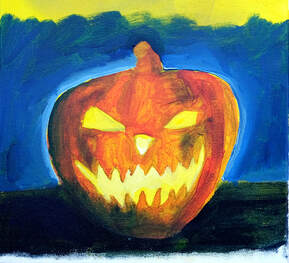 HALLOWEEN PARTIES will be held during the last two weeks of October from 6:30 pm to 8:30 pm. That’s right! You can have your own Zoom Painting Party on Halloween! Halloween themed painting parties are a creative and safe way for kids of all ages to celebrate Halloween and costumes are encouraged! For the holidays, I am offering a special group rate of $300, which includes up to 12 people. Choose a prototype I have already created, or I can create a custom prototype for an additional fee. Getting started is easy. Simply choose the evening of your party and reach out to me by email through the button below. We will reserve your evening, discuss the prototype you would like to create and get contact information you have collected for everyone in your party. I will then send Zoom invitations to your friends and family. Supplies needed are easily found at Target, Michael’s or Amazon.
|
AuthorScott Dykema is a fine artist, muralist and illustrator based in Texas. His highly energetic and jubilant works range from the abstract to studies of such diverse subjects as animals, Native Americans, geishas and angels. Archives
December 2023
Categories |
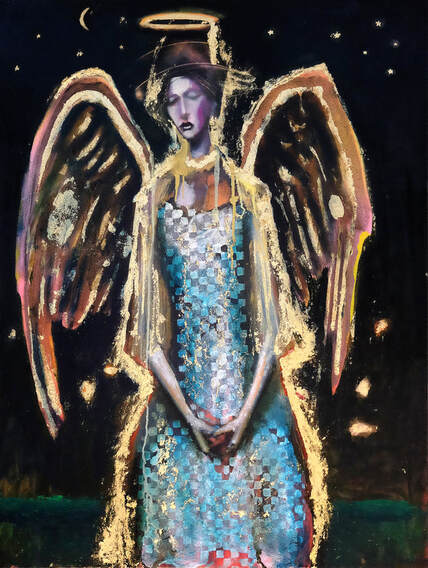
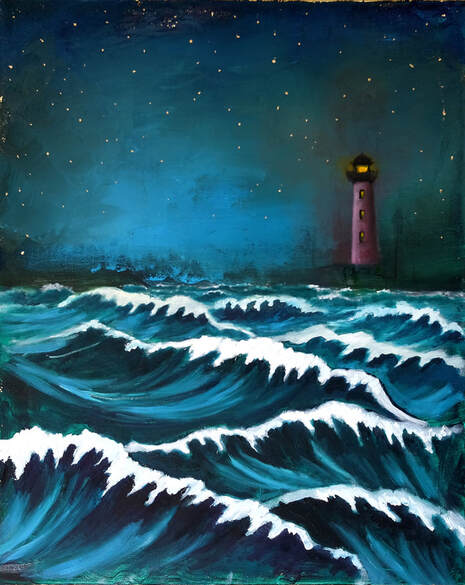
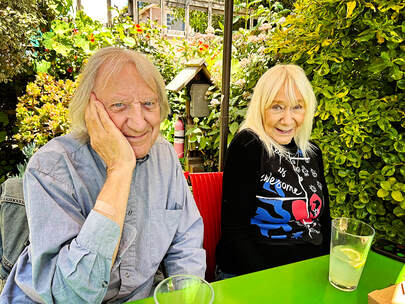
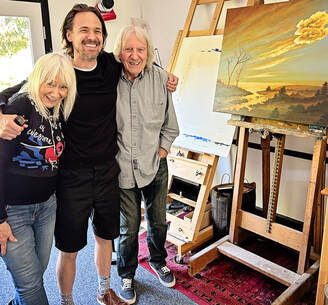

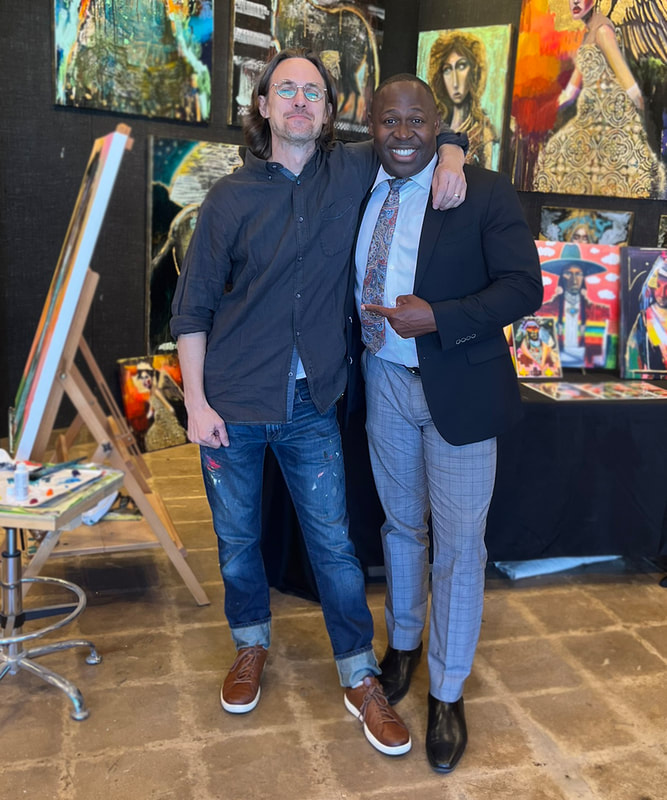
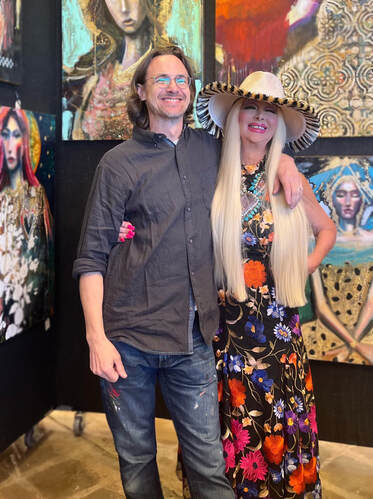
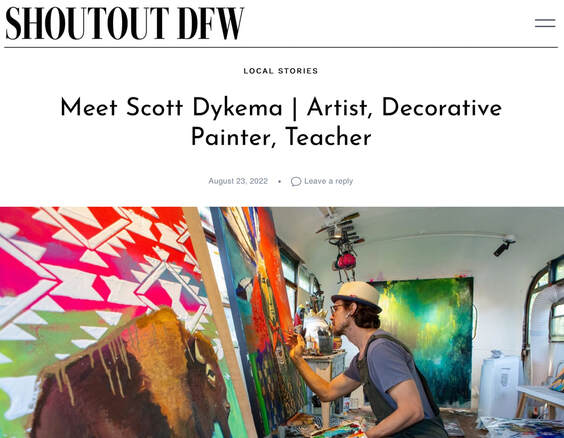
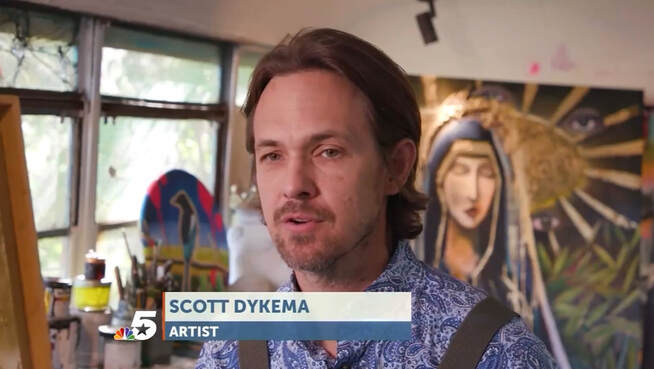
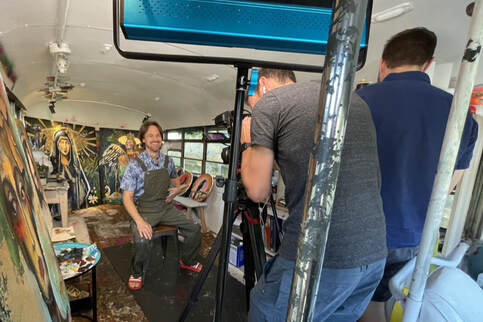
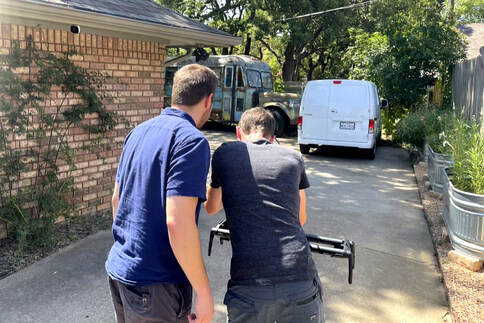
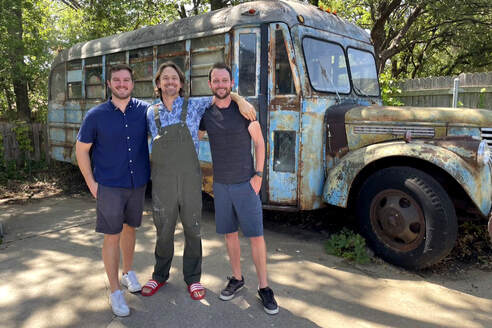
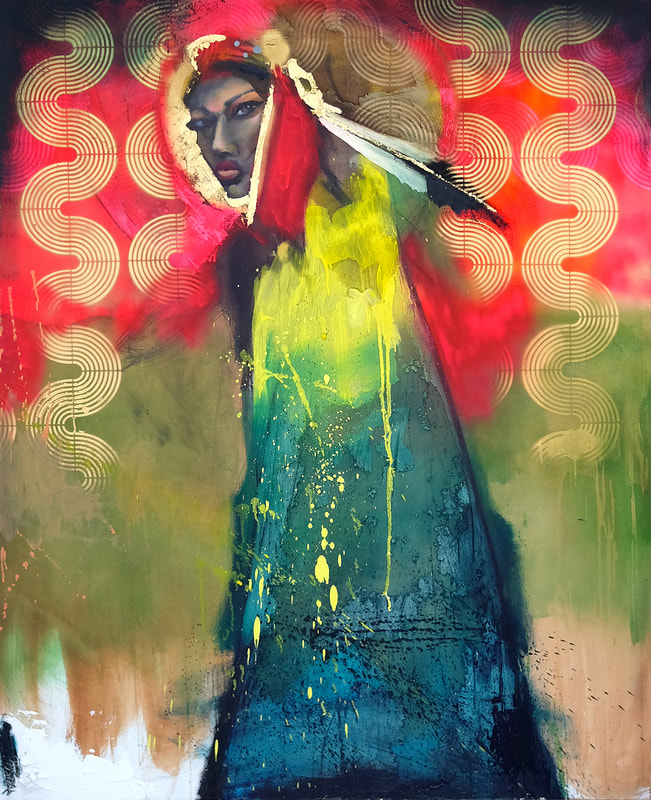
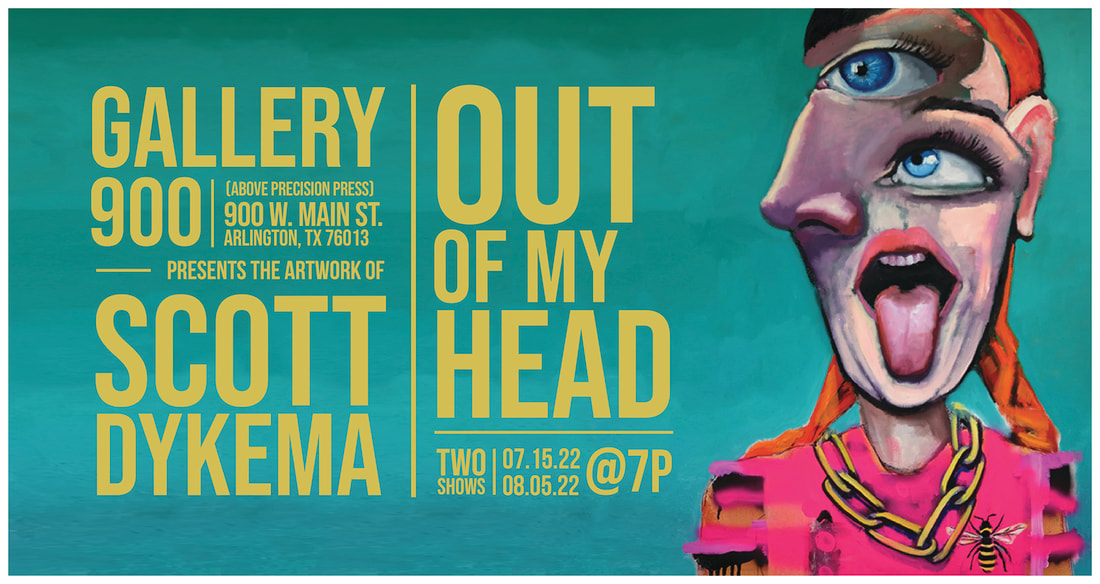
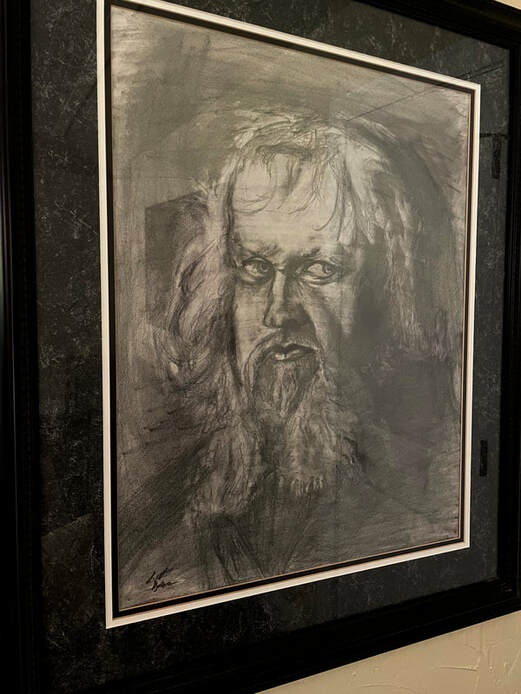

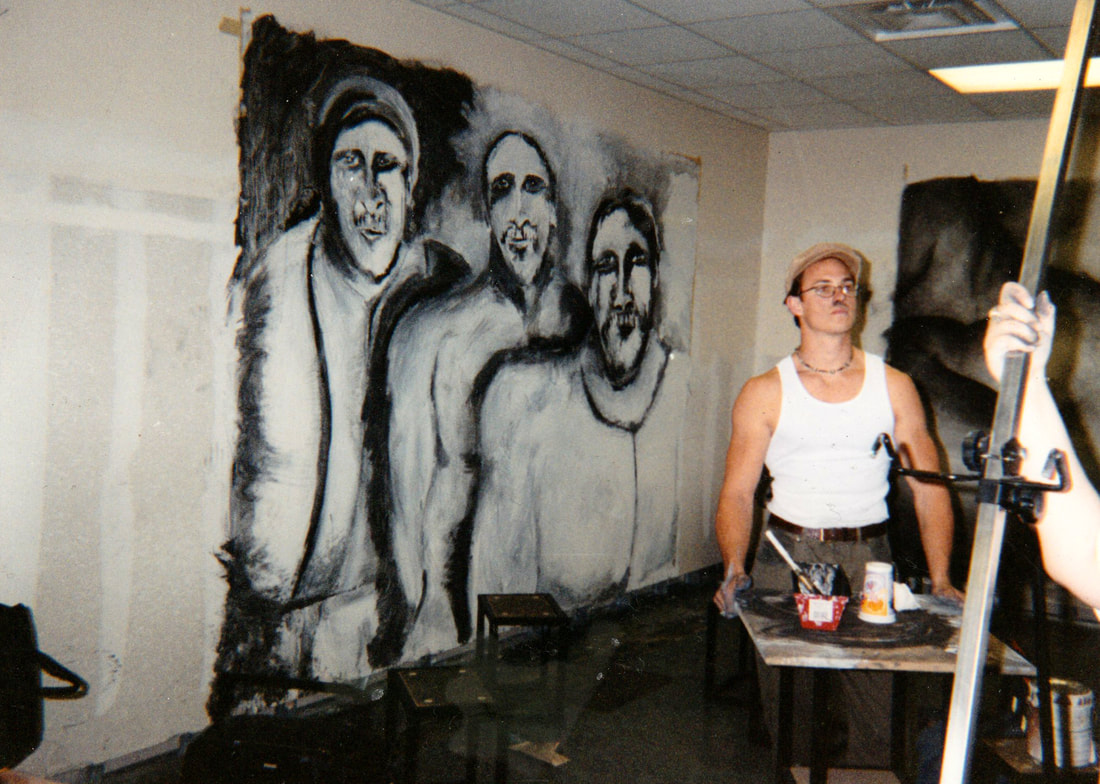
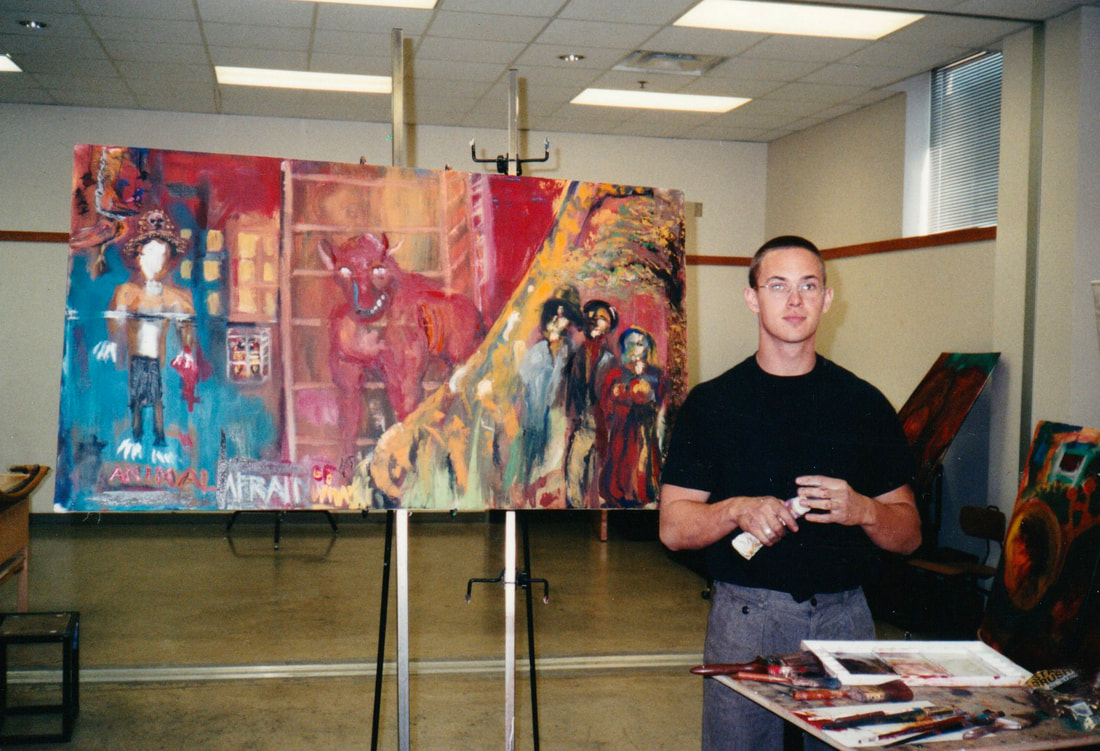
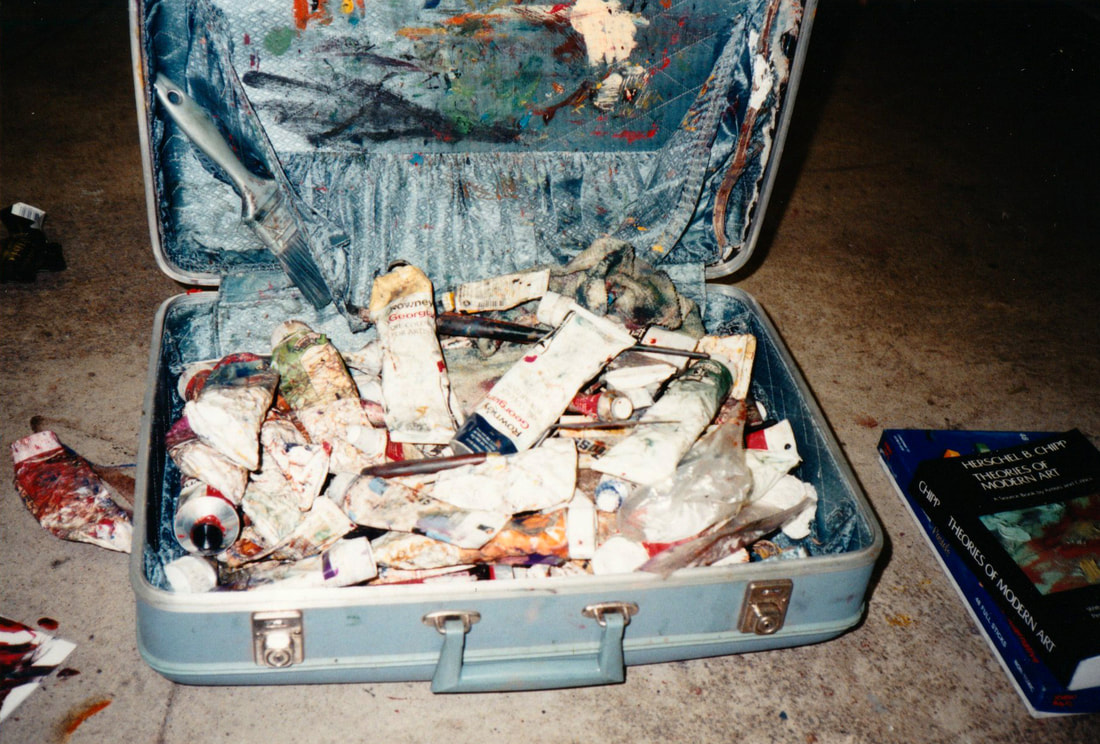
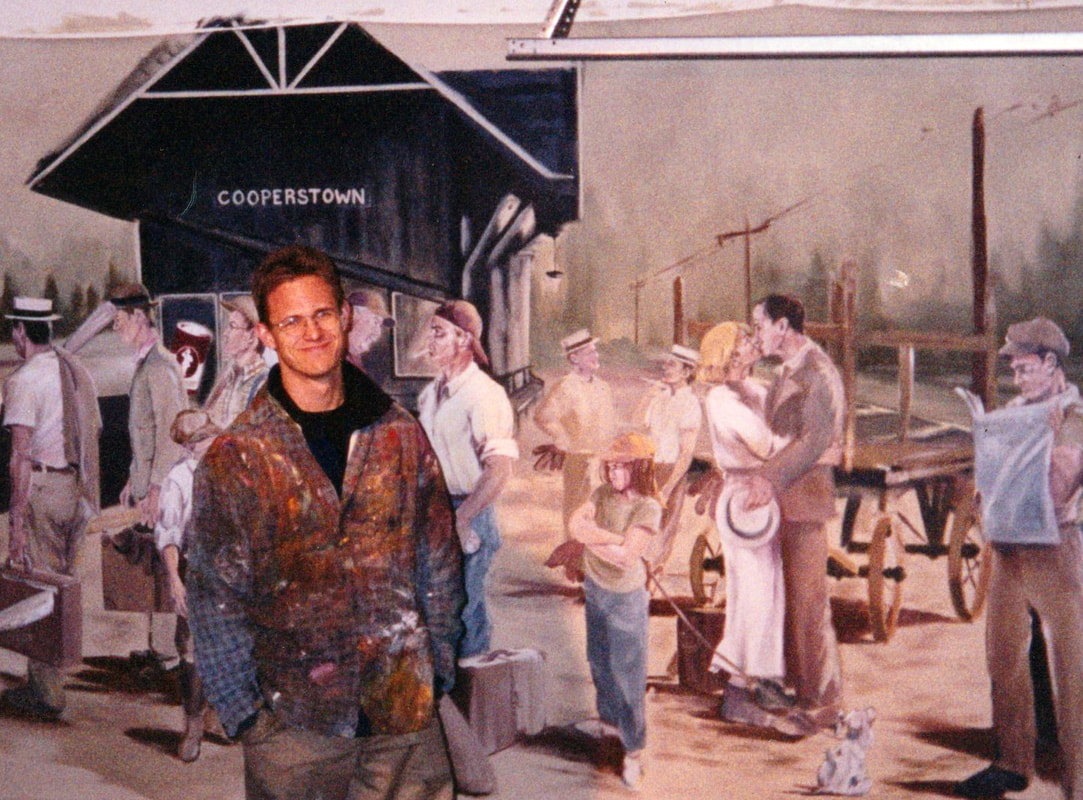
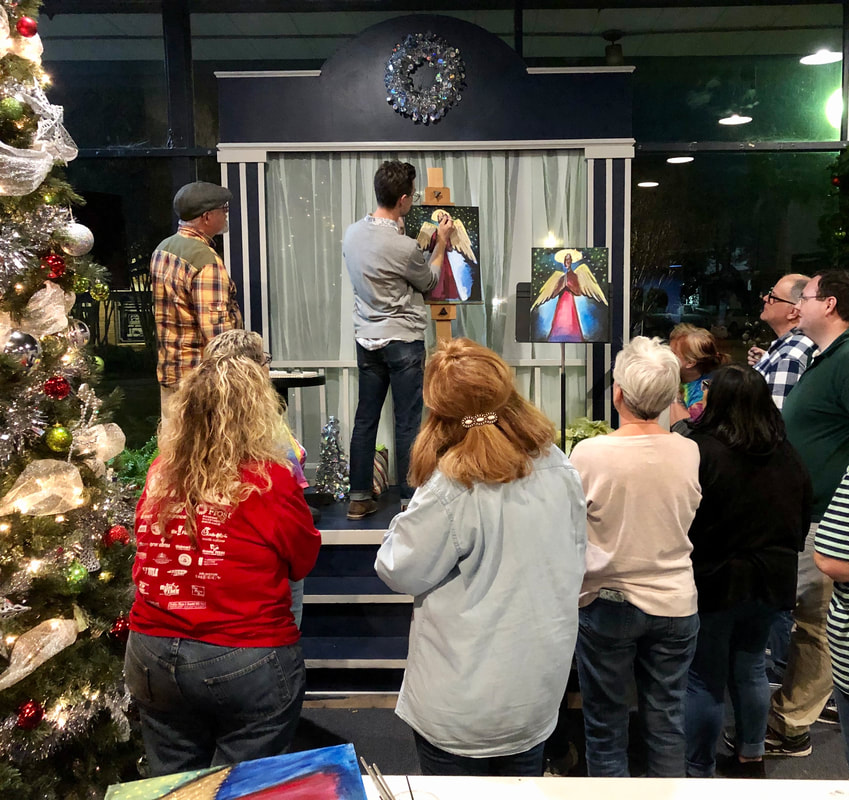
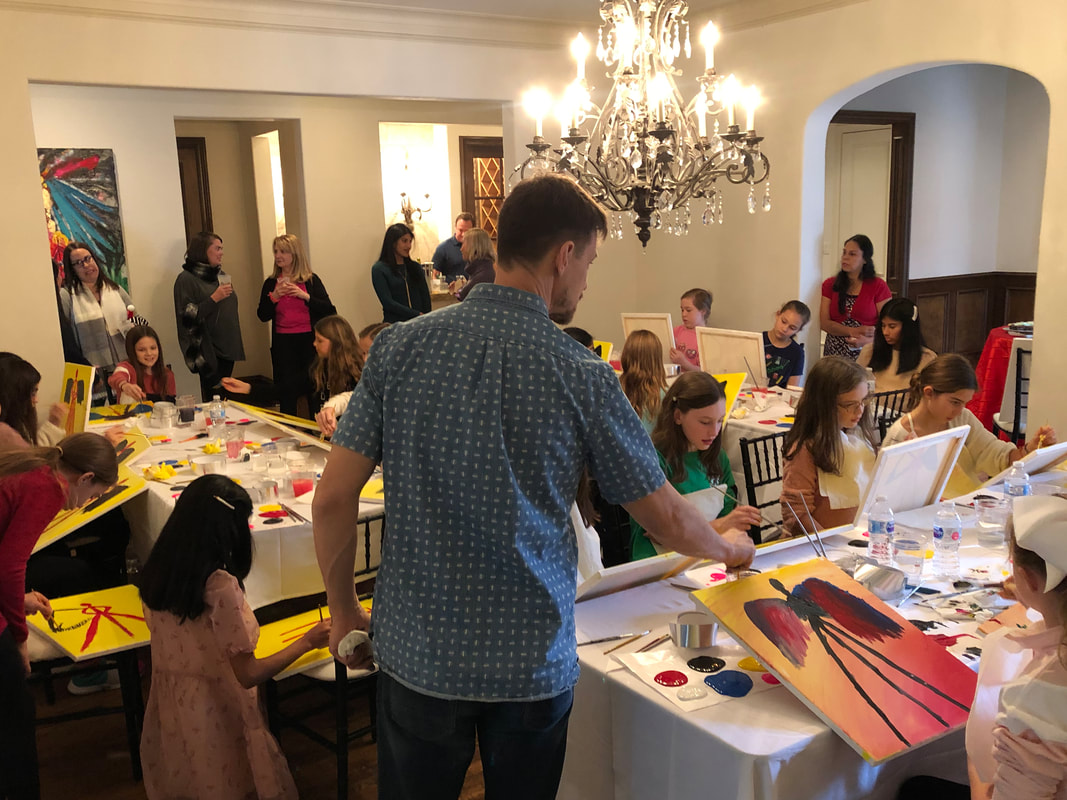
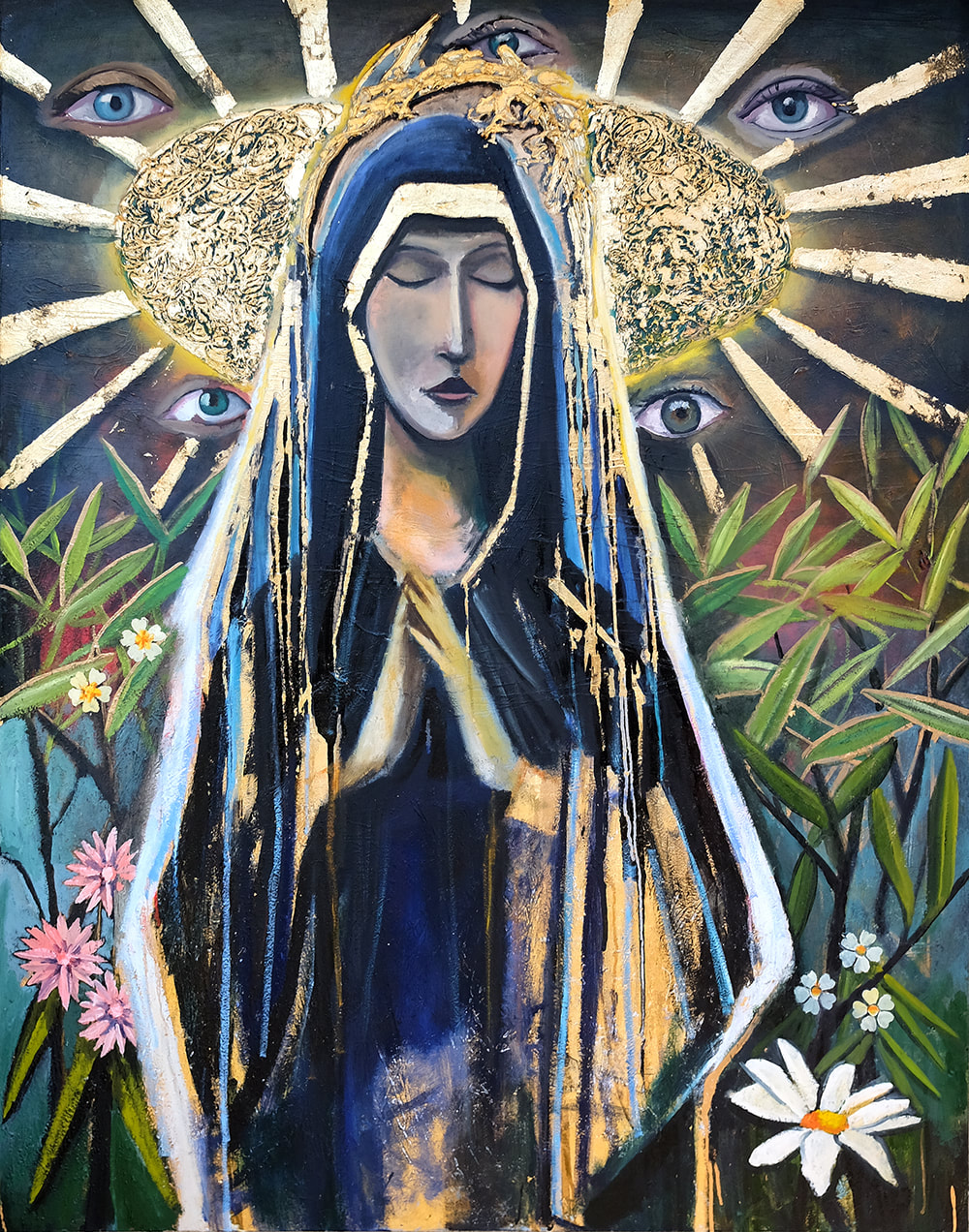
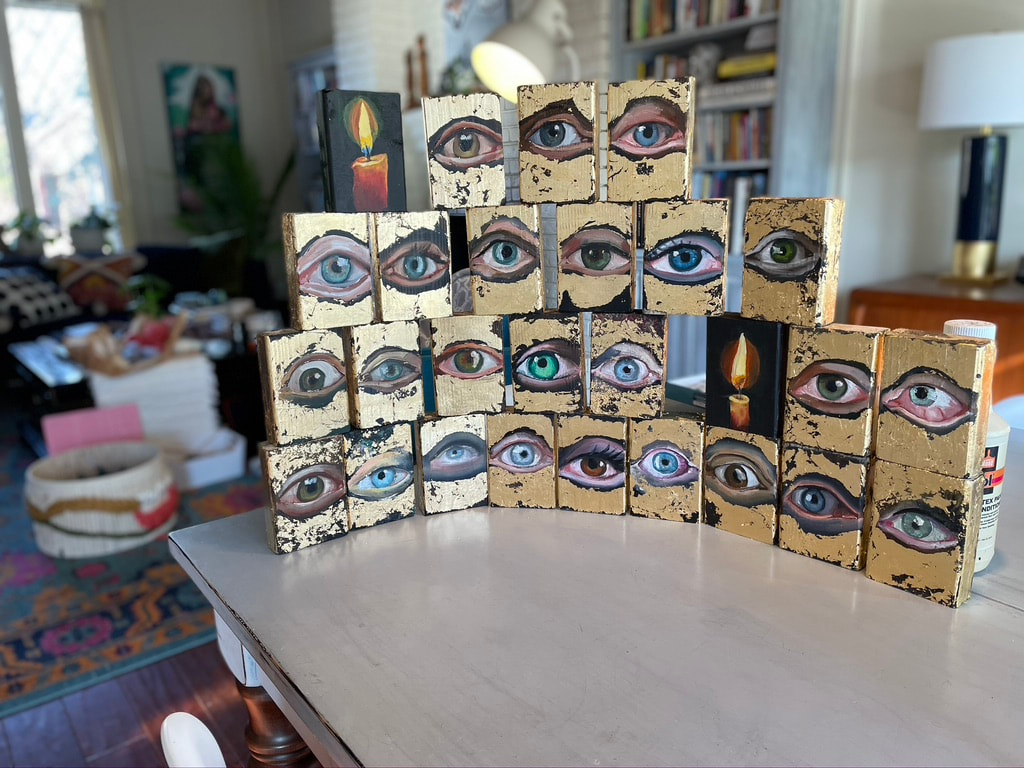
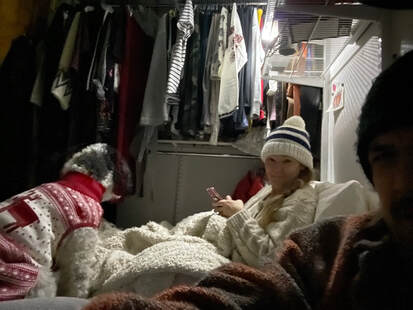
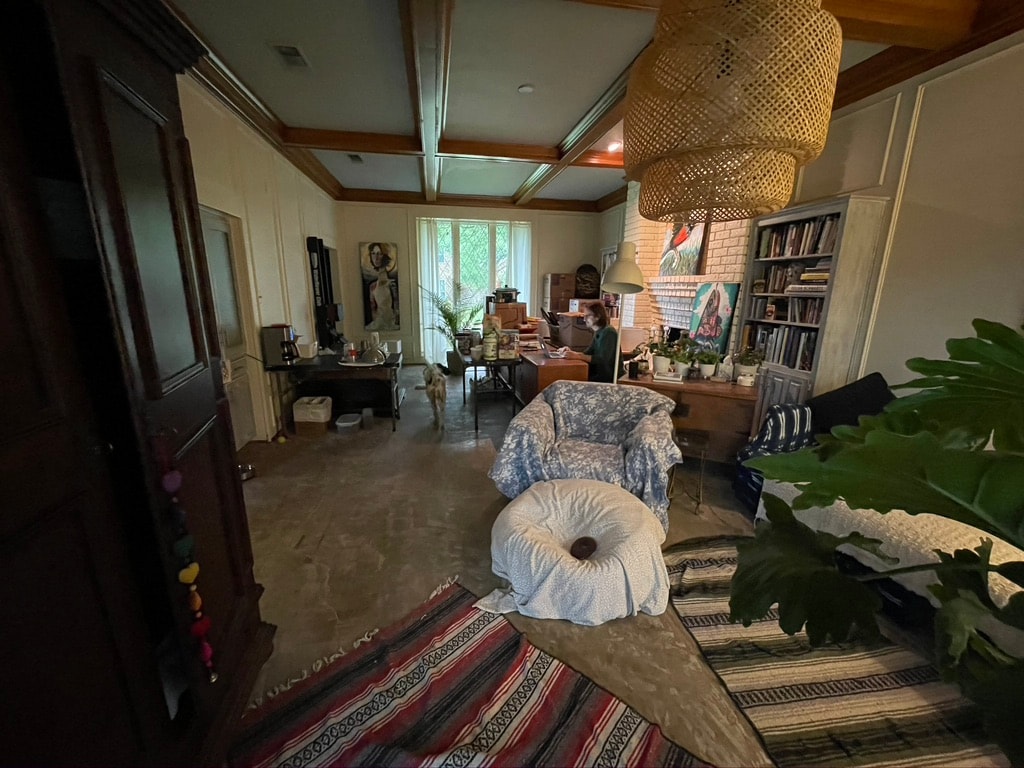
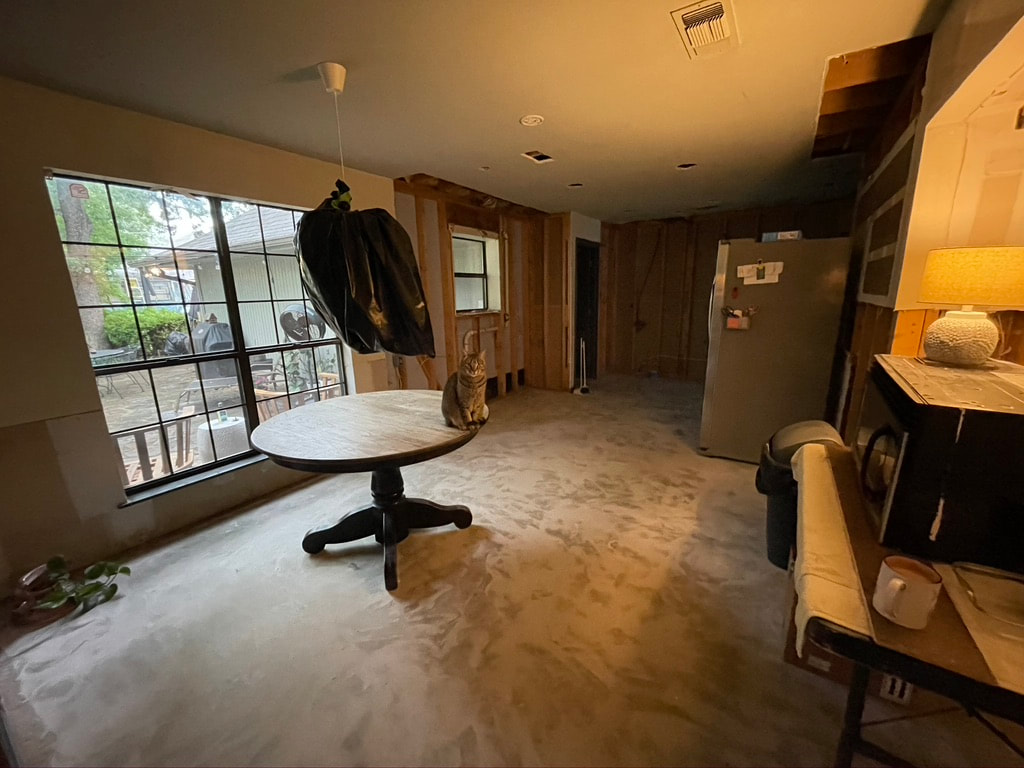
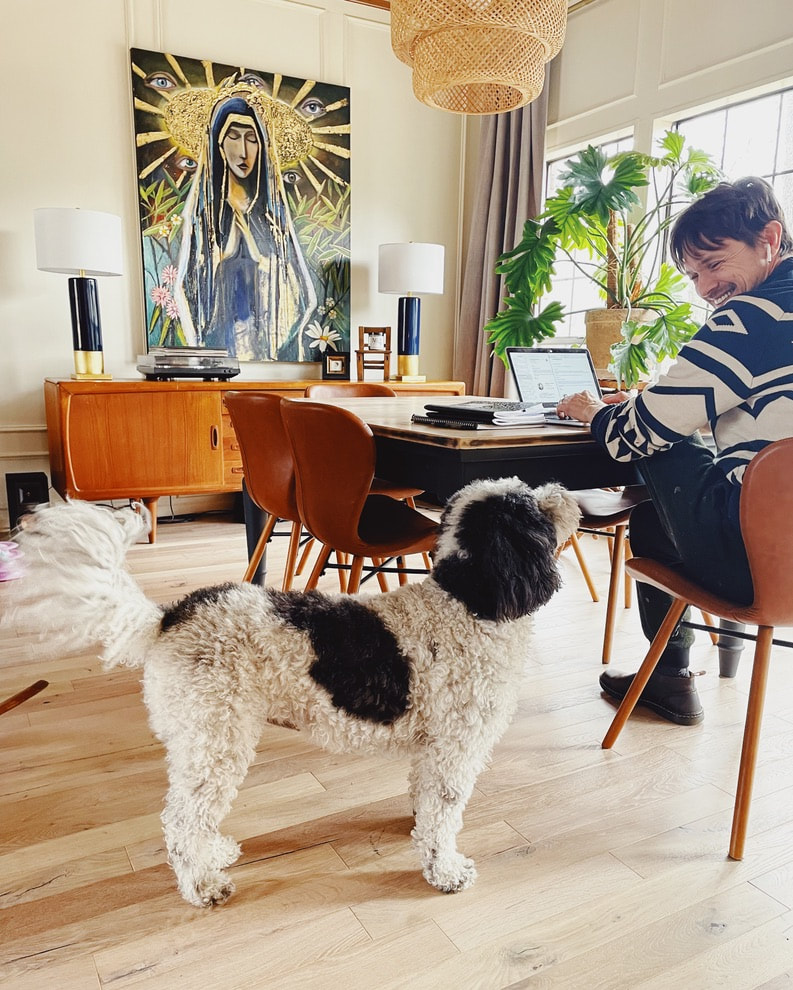
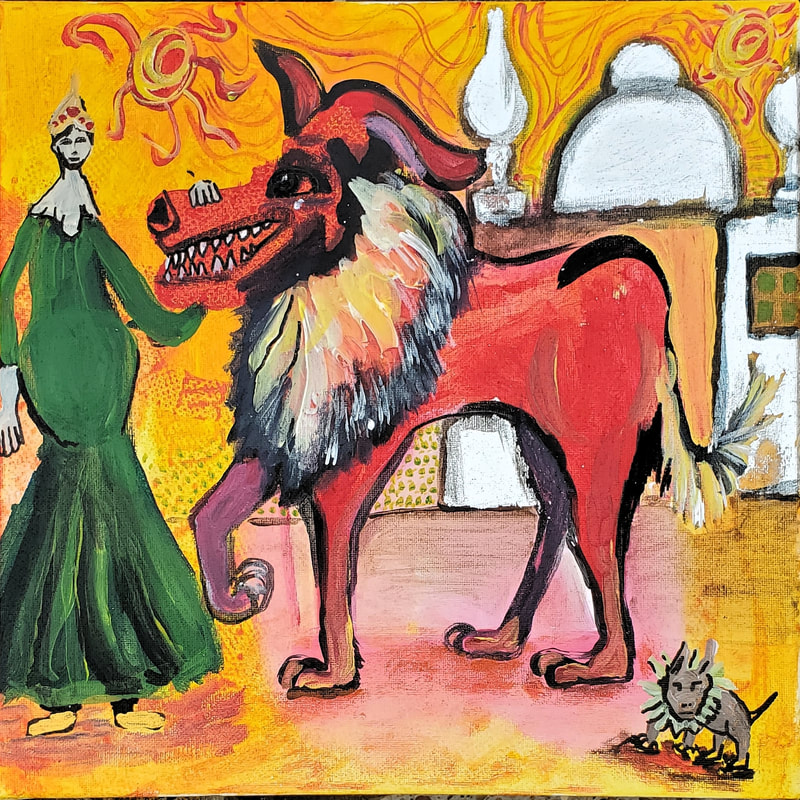
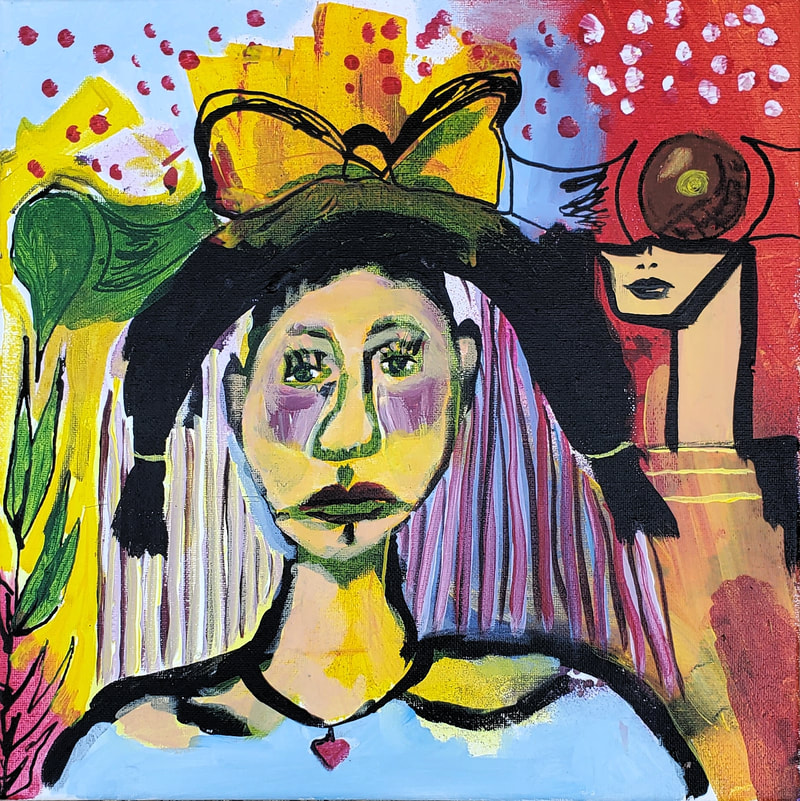
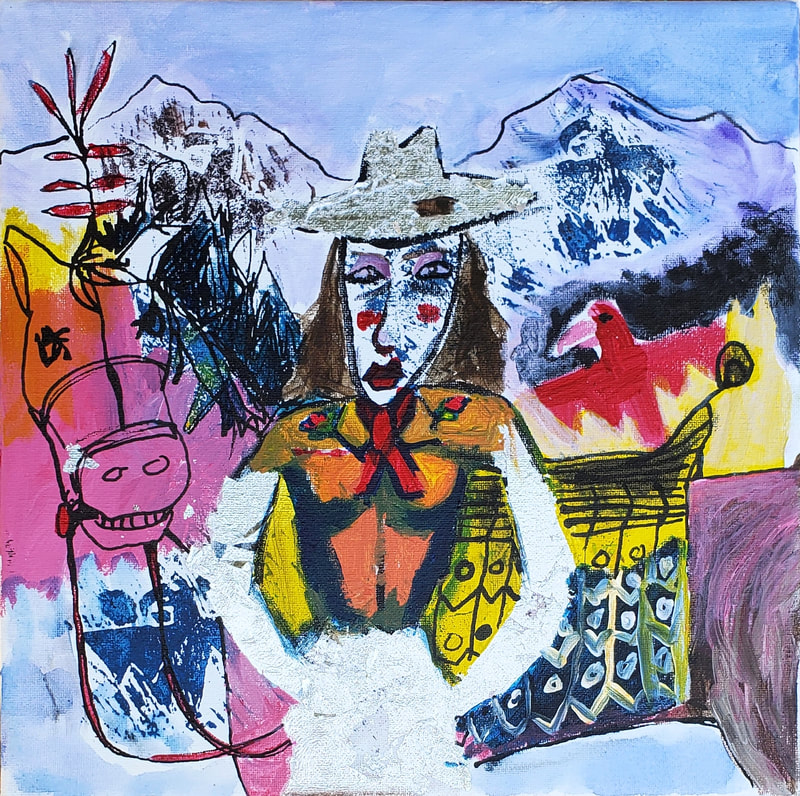
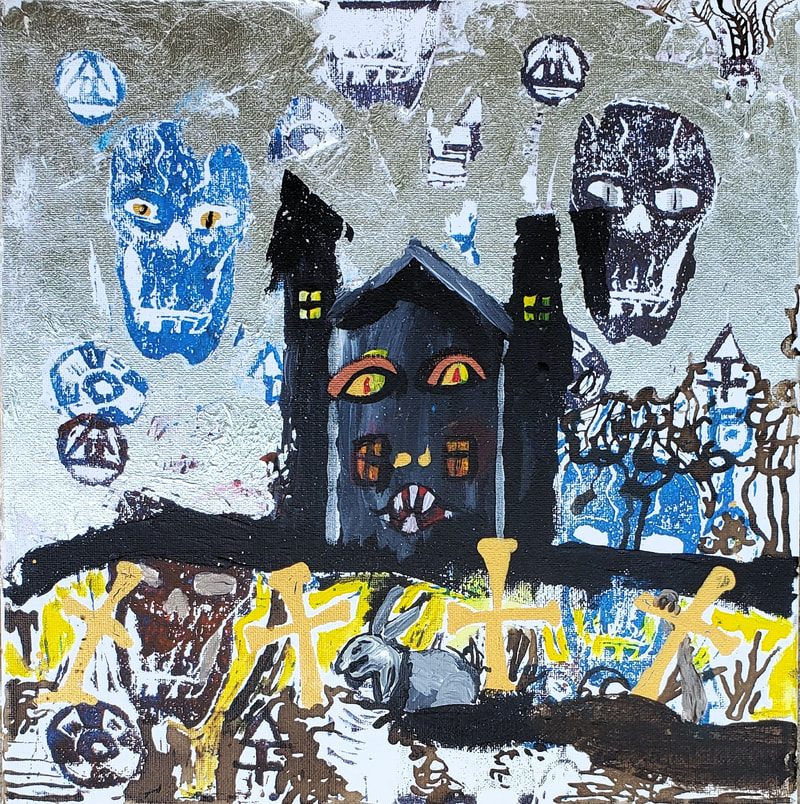
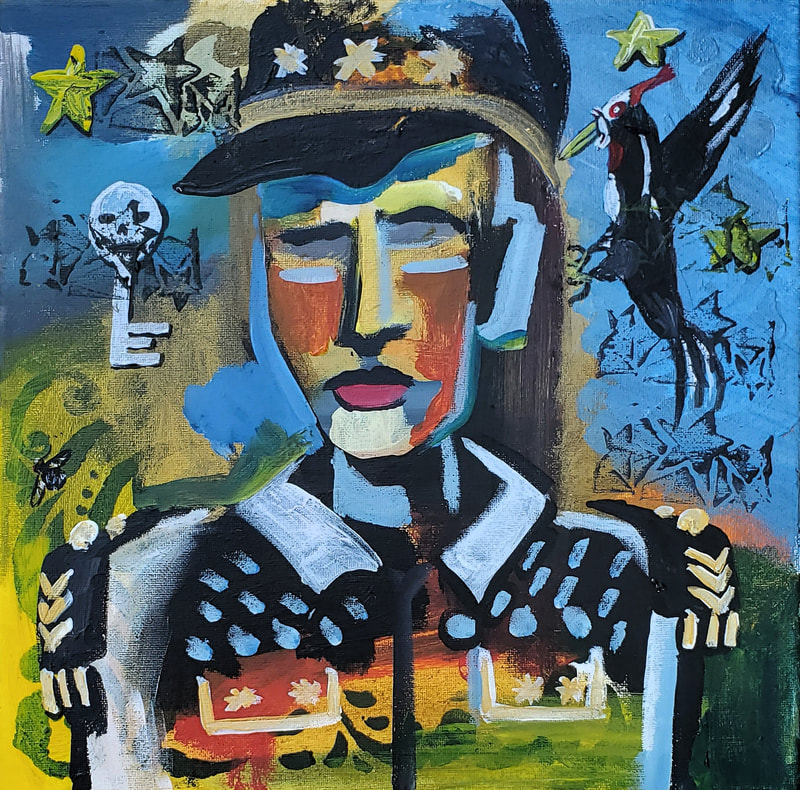
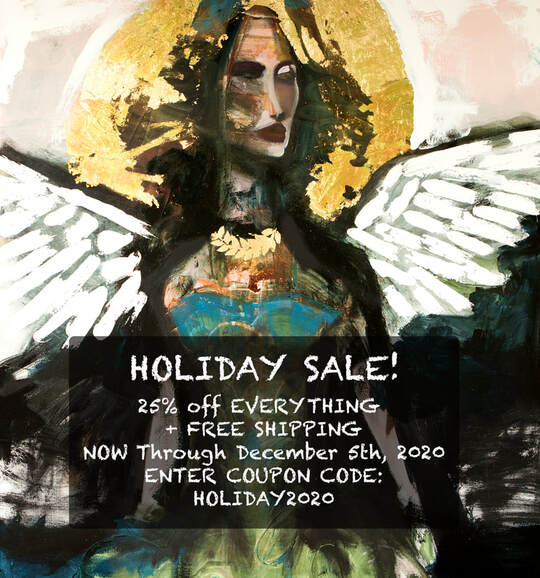
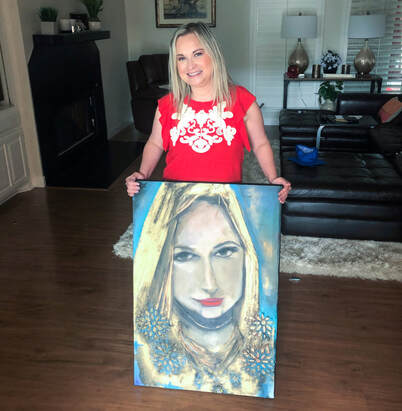
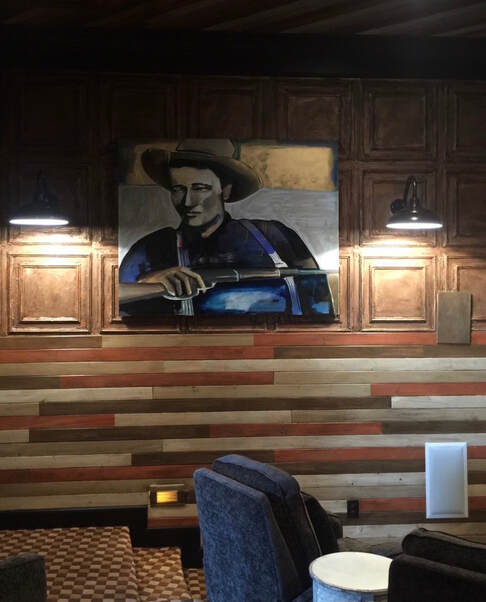
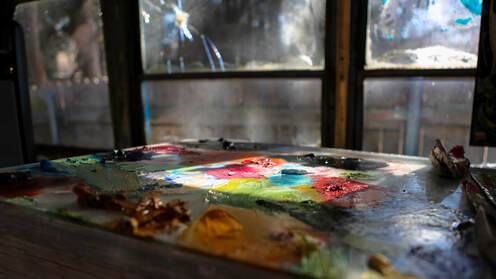
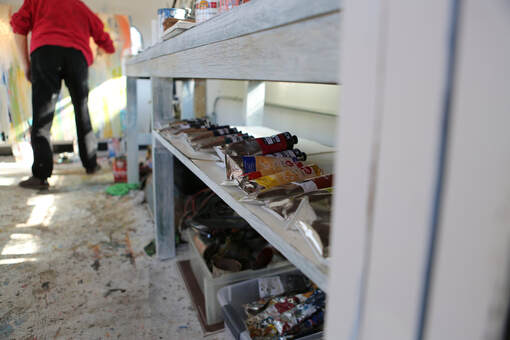

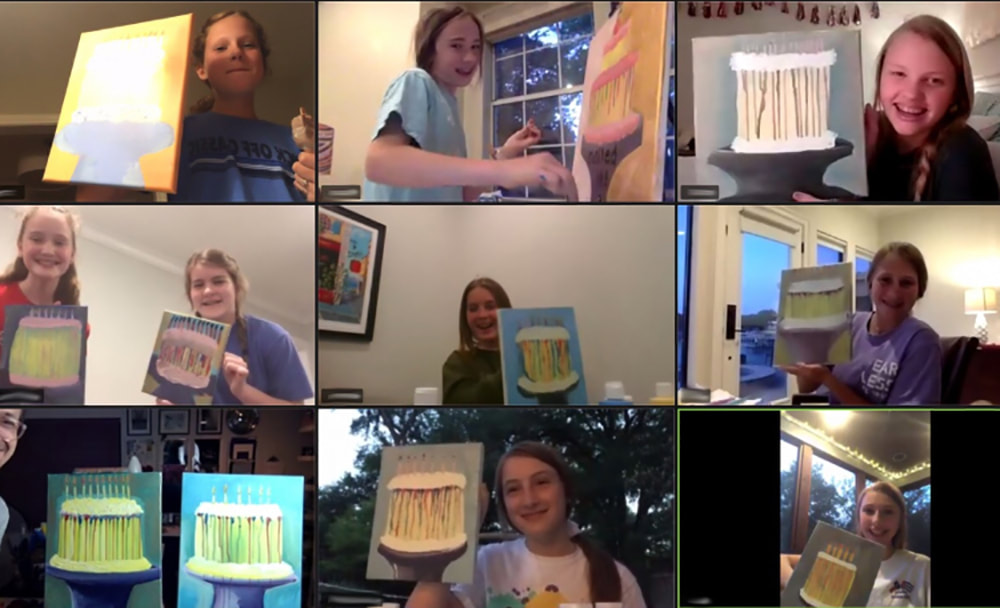
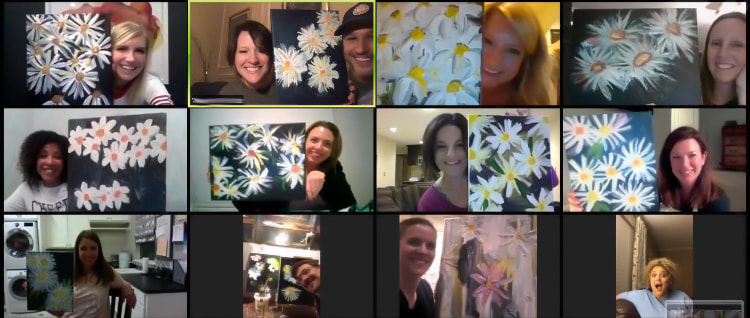
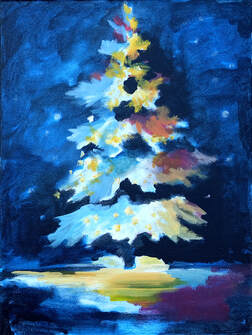
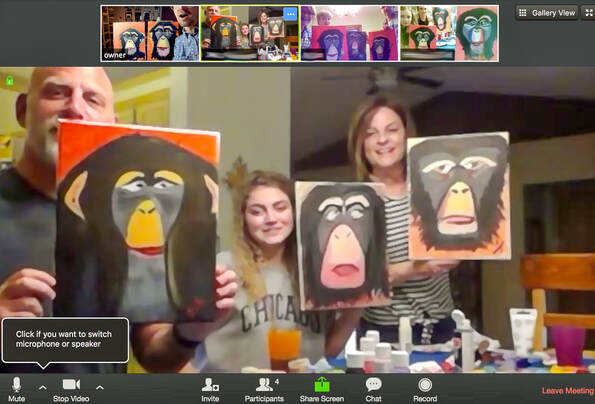
 RSS Feed
RSS Feed